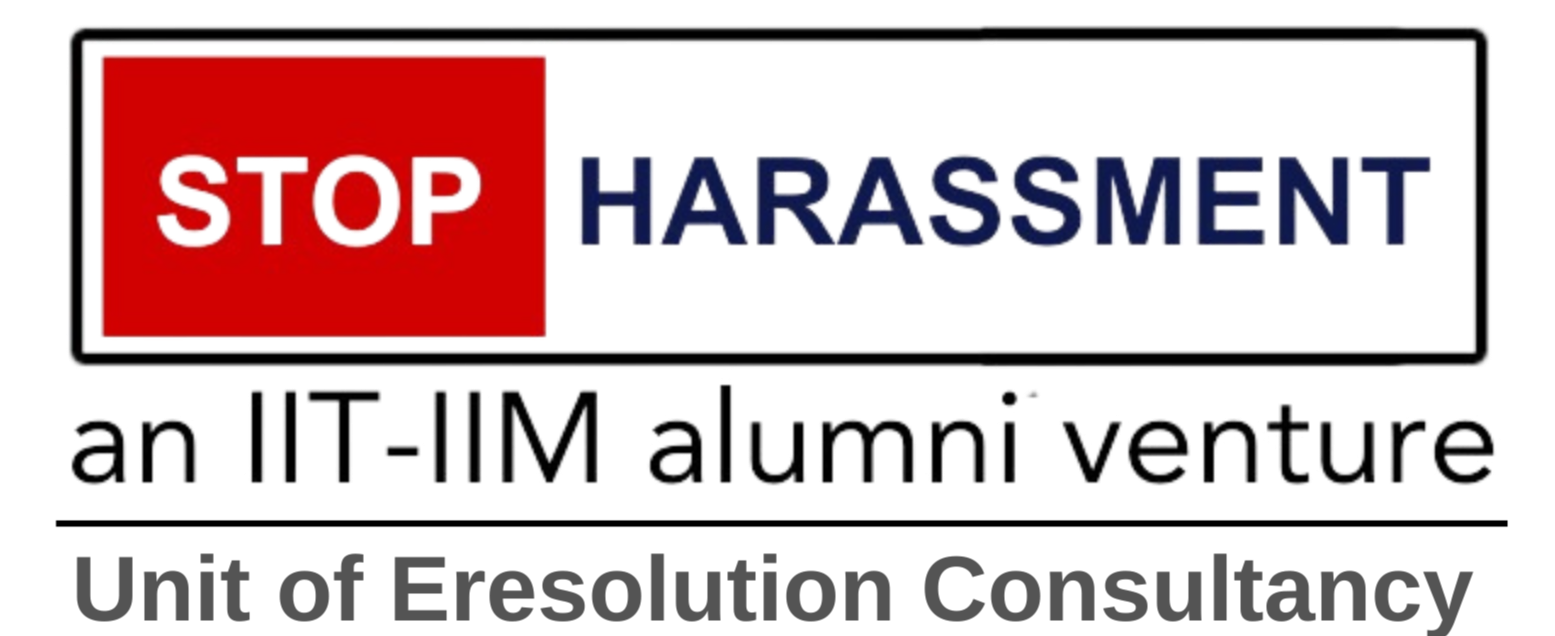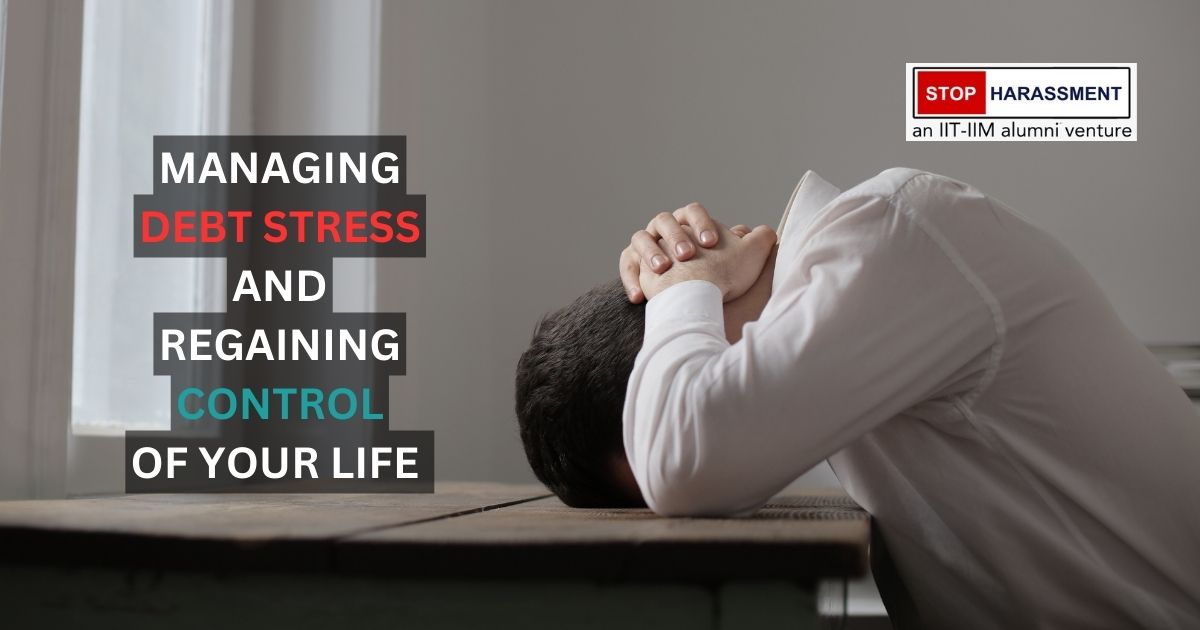· Debt Management · 6 min read
Debt Recovery in India: Legal Processes and Authorized Agents
In India, debt recovery is a complex procedure involving various players and methods. Banks, financial institutions, and private creditors have the right to pursue unpaid debts, often employing specialized agencies or in-house teams. These entities use a range of tactics, from gentle reminders to more assertive measures, but all methods must remain within legal bounds.
.DeDHnK9l.jpg)
In India, the world of debt recovery is a complex procedure with various players and methods. Banks, financial institutions, and even private creditors have the right to pursue unpaid debts. But how do they go about it? The primary actors in debt recovery are often specialized agencies or in-house teams employed by banks. These entities use a range of tactics, from gentle reminders to more assertive measures. However, it’s crucial to note that all methods used must always remain within legal bounds.
One interesting modern approach is the use of digital platforms. Some creditors now employ AI-powered chatbots and automated calling systems to initiate contact with debtors. These technologies provide a less confrontational first step in the recovery process.
For larger debts, creditors may turn to legal mechanisms. The Securitisation and Reconstruction of Financial Assets and Enforcement of Security Interest (SARFAESI) Act, for instance, allows banks to seize and auction secured assets without court intervention. It’s a powerful tool, but one that must be wielded responsibly.
How Do Regulatory Bodies Keep Debt Collectors in Check?
Imagine a world where debt collectors could use any means necessary to recover money. Scary, right? Thankfully, in India, several regulatory bodies and laws work tirelessly to prevent such scenarios.
The Reserve Bank of India (RBI) stands at the forefront of this regulatory landscape. In 2008, the RBI issued guidelines specifically addressing the conduct of recovery agents. These guidelines prohibit harassment, threats, and unreasonable contact hours. They also mandate that banks thoroughly supervise the recovery agencies they employ.
But the RBI isn’t alone in this mission. The Debt Recovery Tribunals (DRTs), established under the Recovery of Debts Due to Banks and Financial Institutions Act, provide a specialized forum for debt-related disputes. These tribunals aim to quicken the recovery process while ensuring fairness to all parties involved.
Interestingly, even the Indian Banks’ Association (IBA) has stepped up, working with the Indian Institute of Banking and Finance (IIBF) to develop a certification course for recovery agents. This initiative aims to professionalize and educate the sector while promoting ethical practices.
What Shields Borrowers from Unfair Recovery Practices?
Picture this: It’s 2 AM, and your phone rings. An aggressive voice demands immediate repayment of a loan. Is this legal? Absolutely not!
In India, borrowers are protected by a robust framework of laws and guidelines. The Fair Practices Code for Lenders, issued by the RBI, sets clear boundaries for debt collection practices. It prohibits intrusive recovery methods and mandates transparency in the recovery process.
The SARFAESI Act, while empowering creditors, also includes provisions to protect borrowers. For instance, it requires a 60-day notice period before any enforcement action can be taken. This gives borrowers a chance to address the issue or seek legal recourse.
One particularly intriguing aspect of borrower protection is the emphasis on privacy. Debt collectors are strictly prohibited from disclosing a borrower’s debt status to third parties, including family members or employers. This safeguard helps prevent social stigma and undue pressure on borrowers.
What Can You Do If Faced with Illegal Recovery Tactics?
Imagine you’re being hounded by aggressive debt collectors who seem to have no regard for the law. What options do you have? More than you might think!
First and foremost, documentation is key. Record all interactions with debt collectors, including dates, times, and the content of conversations. This evidence can be crucial if you need to file a complaint.
Speaking of complaints, the RBI has set up a dedicated portal for grievances against banks and NBFCs. This online platform allows borrowers to report unfair practices directly to the regulator. It’s a powerful tool that puts accountability at your fingertips.
For more serious violations, legal recourse is available. The Consumer Protection Act provides an avenue for seeking redress against unfair trade practices, which can include abusive debt collection methods. Consumer courts across the country have been known to rule in favor of borrowers who have faced harassment.
In the digital age, social media has also emerged as a potent weapon against unethical debt collectors. Many borrowers have successfully used platforms like Twitter to bring attention to their plight, often prompting swift action from banks and regulators alike.
How Is Technology Reshaping the Debt Recovery Landscape?
In an era where smartphones are ubiquitous and AI is no longer science fiction, how is technology influencing debt recovery? The answer: profoundly. Digital platforms are revolutionizing the way debts are managed and recovered. Some fintech companies now offer AI-powered debt collection solutions that analyze borrower behavior and tailor communication strategies accordingly. These systems can identify the best times to contact debtors and even predict the likelihood of repayment.
Blockchain technology is also making inroads into debt recovery. Some startups are exploring the use of smart contracts to automate the debt collection process, ensuring transparency and reducing the need for human intervention.
Perhaps most intriguingly, gamification is emerging as a novel approach to debt recovery. Some companies are experimenting with apps that turn debt repayment into a game-like experience, offering rewards and incentives for timely payments. It’s a creative solution that seeks to make the often stressful process of debt repayment more engaging and less daunting.
Is There a Middle Ground Between Creditor Rights and Debtor Protection?
In the tug-of-war between creditors’ rights to recover their money and debtors’ rights to fair treatment, is there a sweet spot? Many experts believe so, and it lies in the realm of ethical debt collection.
Some forward-thinking financial institutions are adopting a more empathetic approach to debt recovery. They’re training their staff in emotional intelligence and conflict resolution, aiming to create more positive interactions with debtors. This approach not only complies with regulations but often leads to better recovery rates.
Another interesting development is the rise of debt counseling services. Some banks now offer free financial advice to struggling borrowers, helping them manage their debts more effectively. This proactive approach can prevent defaults and create a win-win situation for both parties.
Mediation is also gaining traction as an alternative to aggressive debt collection. Neutral third parties can help creditors and debtors reach mutually acceptable repayment plans, avoiding the need for legal action. It’s an approach that respects the dignity of the debtor while still addressing the creditor’s concerns.
Conclusion
The landscape of debt recovery in India has been evolving. While challenges remain, the shift towards more ethical, technology-driven, and borrower-friendly practices offers a hopeful future where debt recovery can be both effective and fair.


 (Stopharassment) Chasing Dues the Right Way Understanding Legal Debt Recovery.CEsdngE0.jpg)
